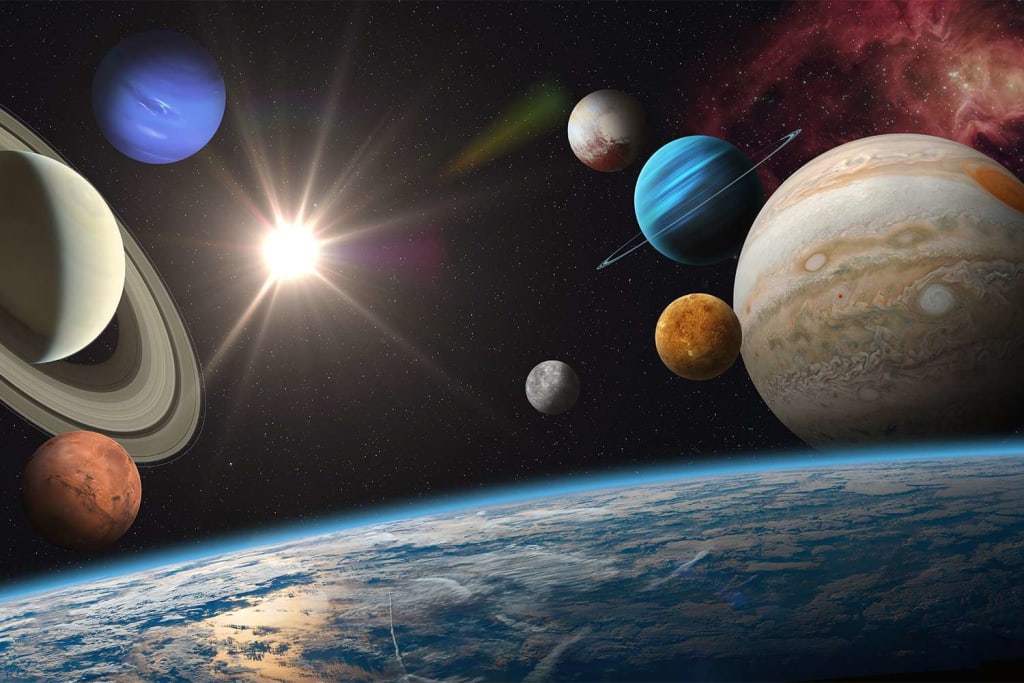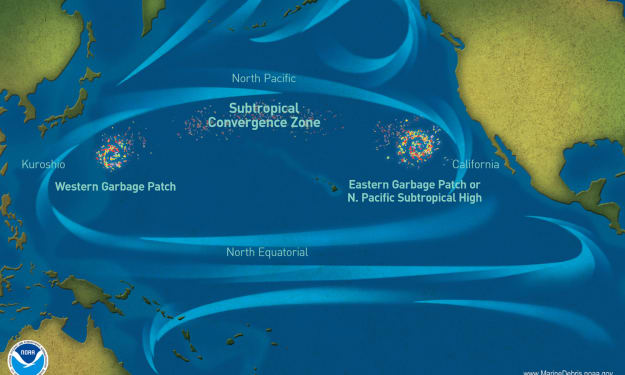The Highest You Can Go in Our Solar System
The Highest You Can Go in Our Solar System

Mount Everest has long been every climber's ultimate dream, standing as the epitome of earthly peaks. Yet, as humans, our fascination with reaching new heights extends beyond our planet. In this exploration, we embark on a cosmic journey to discover the tallest mountains in our solar system, where Mount Everest pales in comparison to the staggering heights of otherworldly giants.
Understanding Altitude and Scaling Earthly Peaks:
Before venturing into the realms of other planets, it's crucial to grasp the concept of altitude. Altitude measures the vertical distance from sea level to any point on Earth. While New York sits just 33 ft above sea level, the highest elevated city in the United States, Leadville, Colorado, boasts an awe-inspiring altitude of over 10,000 ft. However, Mount Everest, standing just over 29,000 ft above sea level, is recognized as the pinnacle of earthly elevation. But hold on, as we delve into cosmic comparisons, the tape measure takes an unexpected turn.
The True Measure: Base to Summit Heights:
Unlike on Earth, where altitude is measured from sea level, the height of mountains in the solar system is calculated from their base. This revelation significantly alters our perceptions. Mouna in Hawaii emerges as the true champion, with a total height surpassing Mount Everest, as it rises from the ocean floor.
Venturing Beyond Earth: Solar System's Tallest Mountains:
Maxwell Mons on Venus (36,000 ft): Scaling the heights of Venus, Maxwell Mons secures the ninth position in our cosmic countdown. This bright spot on Venus, rich in iron, was named after the renowned physicist James Clerk Maxwell.
Elysium Mons on Mars: Introducing the eighth contender, Elysium Mons, a volcano in the volcanic landscape of Mars, near the top level where jetliners fly on Earth.
Arsia Mons on Mars: The journey through Martian landscapes continues, with Arsia Mons claiming the fourth spot. A volcanic caldera 11,000 ft deep sets this Martian giant apart.
South Peak on Io (Jupiter's moon): Skipping past gas giant Jupiter, we explore Io, one of its moons. While lacking traditional mountains, Io features fascinating peaks connected by a plateau. The South Peak on Io claims the bronze medal.
Rhea Silvia Mons on an Asteroid: Stepping outside the realm of planets, we discover the silver medalist, Rhea Silvia Mons, on an asteroid. This impact crater, over 300 km in diameter, is a colossal testament to the power of cosmic collisions.
Olympus Mons on Mars (72,000 ft): Finally, ascending to the summit of our solar system's tallest mountain, Olympus Mons on Mars takes the crown. Standing at an astonishing 72,000 ft, this gentle giant dwarfs even the tallest structures on Earth.
Conclusion:
As we unveil the majestic mountains beyond Mount Everest, we realize that our solar system harbors peaks of unparalleled grandeur. From Venus to Mars, Io to asteroids, these cosmic giants redefine our understanding of elevation. As we stand in awe of Olympus Mons, the towering sentinel of the Martian landscape, our quest for greater heights extends far beyond the boundaries of our home planet. The solar system's mountains beckon us to explore, leaving us marveling at the vast and varied landscapes of our celestial neighbors.
About the Creator
Enjoyed the story? Support the Creator.
Subscribe for free to receive all their stories in your feed. You could also pledge your support or give them a one-off tip, letting them know you appreciate their work.





Comments
There are no comments for this story
Be the first to respond and start the conversation.